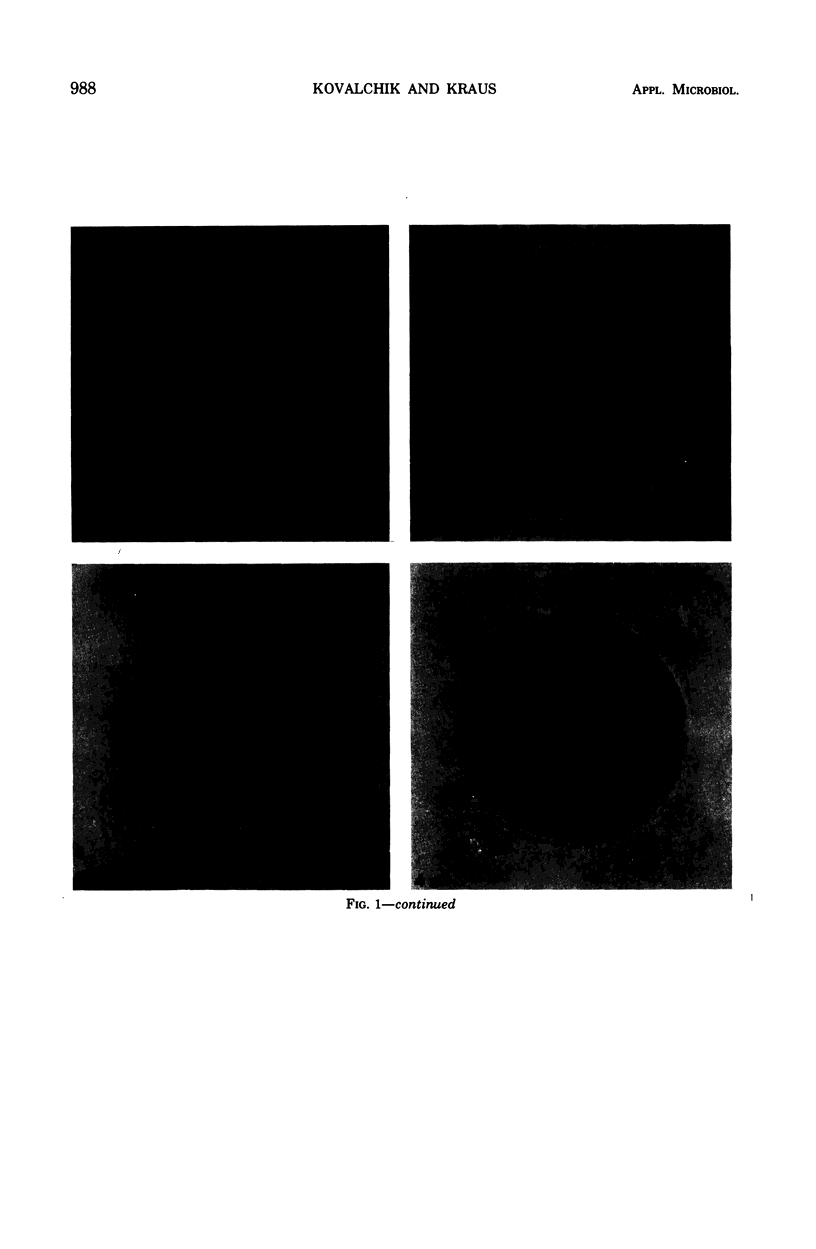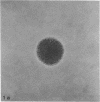Abstract
Four principal colony types of gonococci have been previously described, and it has been shown that primary isolates from the urethra and cervix are primarily of colony types 1 and 2. In the present work, gonococcal isolates from the rectum were also shown to be predominantly colony types 1 and 2. Visualization and typing of gonococcal colonies in primary rectal isolates were facilitated by the use of medium containing vancomycin, colistin, nystatin, and, in some cases, trimethoprim lactate. Control experiments showed that these agents sometimes caused minor alterations in colonial morphology; but with knowledge of these alterations satisfactory colonial typing could be made.
Full text
PDF



Images in this article
Selected References
These references are in PubMed. This may not be the complete list of references from this article.
- KELLOGG D. S., Jr, PEACOCK W. L., Jr, DEACON W. E., BROWN L., PIRKLE D. I. NEISSERIA GONORRHOEAE. I. VIRULENCE GENETICALLY LINKED TO CLONAL VARIATION. J Bacteriol. 1963 Jun;85:1274–1279. doi: 10.1128/jb.85.6.1274-1279.1963. [DOI] [PMC free article] [PubMed] [Google Scholar]
- Kellogg D. S., Jr, Cohen I. R., Norins L. C., Schroeter A. L., Reising G. Neisseria gonorrhoeae. II. Colonial variation and pathogenicity during 35 months in vitro. J Bacteriol. 1968 Sep;96(3):596–605. doi: 10.1128/jb.96.3.596-605.1968. [DOI] [PMC free article] [PubMed] [Google Scholar]
- Sparling P. F., Yobs A. R. Colonial morphology of Neisseria gonorrhoeae isolated from males and females. J Bacteriol. 1967 Jan;93(1):513–513. doi: 10.1128/jb.93.1.513-.1967. [DOI] [PMC free article] [PubMed] [Google Scholar]
- Swanson J., Kraus S. J., Gotschlich E. C. Studies on gonococcus infection. I. Pili and zones of adhesion: their relation to gonococcal growth patterns. J Exp Med. 1971 Oct 1;134(4):886–906. doi: 10.1084/jem.134.4.886. [DOI] [PMC free article] [PubMed] [Google Scholar]
- Thayer J. D., Martin J. E., Jr Improved medium selective for cultivation of N. gonorrhoeae and N. meningitidis. Public Health Rep. 1966 Jun;81(6):559–562. [PMC free article] [PubMed] [Google Scholar]










